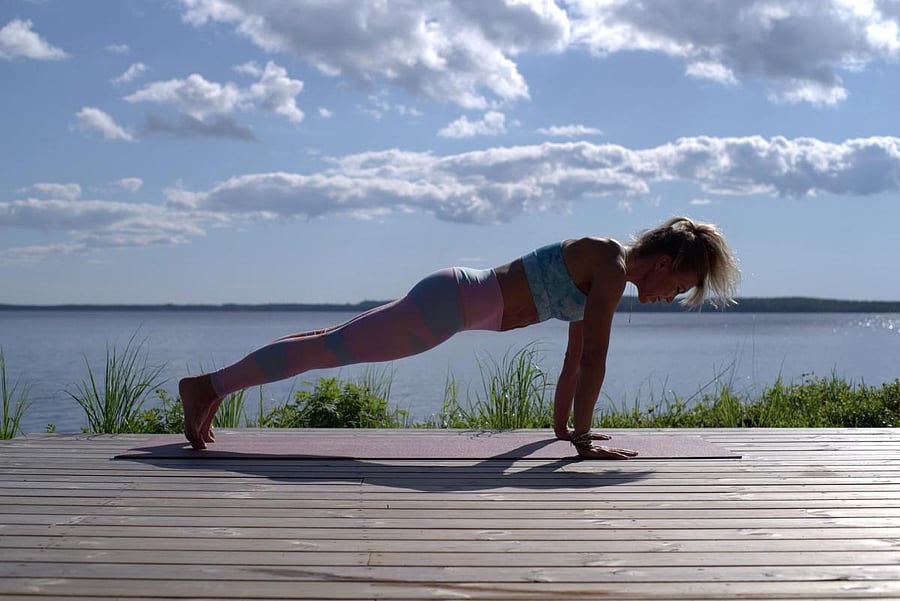
School-going children have been affected by coronavirus in a massive way. With regular schedules being heavily disrupted, school children have been confined to their homes for over a year in social isolation and in lockdown continuing their education from online platforms. This lack of social interaction may have caused many children to develop anxiety stress and issues related to socialising.
Build positivity
Yoga can be a great tool to help your child resume normal school life by helping his or her mind and body find balance and emotional neutrality. Yoga removes anxiety nervousness, stress, and any such issues and instils confidence and a positive mindset in anyone who practices it.
Regain energy
Practicing yoga postures, breathing techniques, and meditation can be an extremely useful tool to help in transitioning your child back to physical school and in interacting with classmates. Sitting for months on end and leading a sedentary life due to online classes may have caused your child to lose stamina, strength, and flexibility. Yoga can help your child become active and find his or her energy in order to enjoy regular school life once again.
Yoga is an ancient and holistic science that helps not only in physical strength and mental peace but also regulates the nervous system and helps your child to find alignment and purpose in life.
Here are some yoga asanas for children to regain their strength and energy:
Adomukhiwanasna (Downward dog)
Begin on your fours, palms underneath shoulders and knees below hips. Lift and straighten knees, and push hips up.
Straighten the elbows, to form an inverted ‘V’ shape.
Now keep the hands shoulder-width apart. Fingers pointing ahead.
Push your heels to the floor.
Hold the position for a few seconds.
Keep your eyes focused on your big toes.
Benefits
This pose stretches and gives strength to the whole body. It reduces anxiety and depression, headache, fatigue, and insomnia. Adomukhi prevents back pain and rejuvenates the body.
Paschimottanasana
(Seated forward bend)
Formation of the posture
Begin with legs stretched forward.
Extend your arms upward and keep your spine erect.
Bend forward exhaling to place your upper body on your lower body.
Lower your arms and grip your big toes with your fingers and try to touch your knees with your nose. Hold the posture for 10 seconds.
Benefits
This asana is very useful for increasing height in young practitioners by stretching of the spine. It acts as a stress reliever and calms the mind. Helps in weight loss, stretches the spine and brings flexibility.
It also cures constipation and digestive disorders.
Santolanasana (Plank)
Formation of the posture
Lie on your stomach.
Place your palms under your shoulders and lift yourself up.
Ensure that your knees, pelvis and spine are aligned.
Wrists must be under your shoulders with arms straight.
Benefits
Strengthens thighs, arms and shoulders. This pose makes the spine and abdominal muscles robust and builds the core muscles. Improves balance in the nervous system as it stimulates the Manipura chakra. It energises the entire body.
Bal Bakasana (Baby Crane pose)
Formation of the posture
Begin in Marjariasana (cat pose).
Place your elbows down flat.
Your fingers should point forward and they should be spread apart.
Lean forward in such a way that all your body weight shifts onto your triceps.
Find your balance and slowly lift both your feet off the ground. Bring your feet together.
Focus at a point and hold this asana for a while.
Benefits
Bal Bakasana strengthens your wrists and arms and tones the waist. This yoga asana improves your sense of balance, concentration, and coordination when practiced regularly.
(The author is a lifestyle coach & Yoga-preneur.)